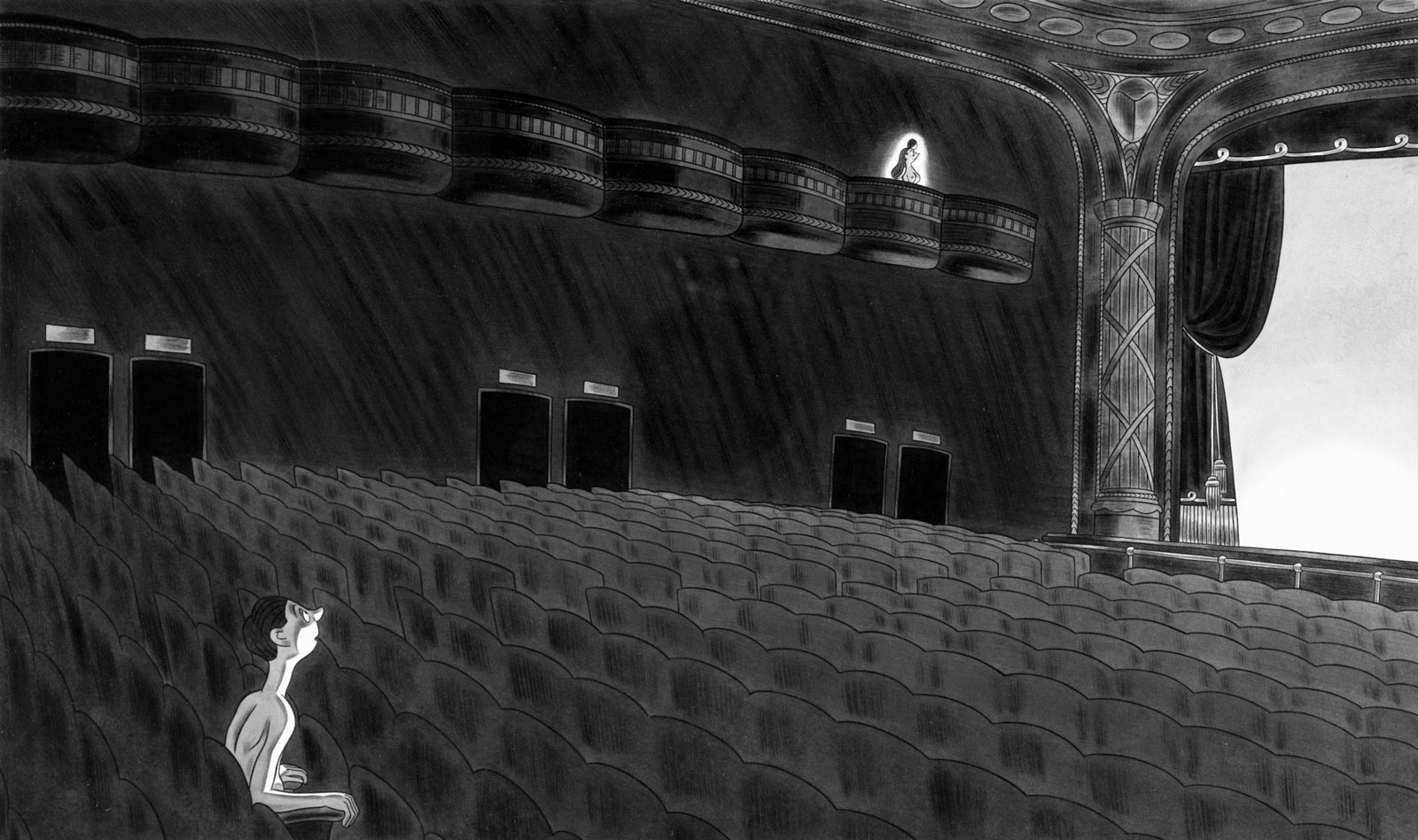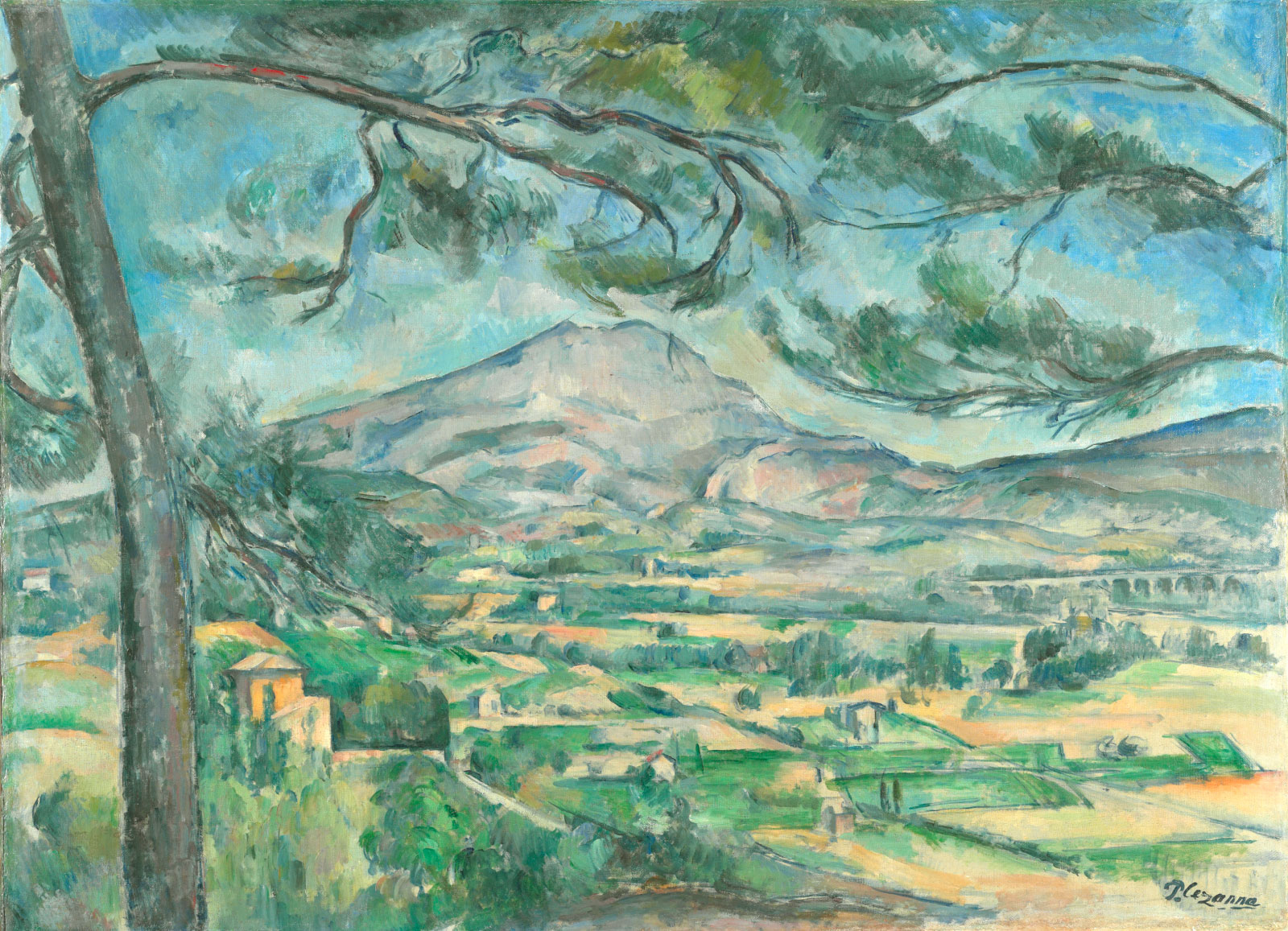Remember the romance of long-distance telephone calls? “Operator, I’d like to make a long-distance call.” It was impossible to shake the image of the spoken words traveling along a wire across hundreds or thousands of miles. Now, all calls are local calls—the entire world is nearby. Hence, Sprint. (Why am I always so late in getting these jokes? It was only recently that the pun embedded in “Chips Ahoy” suddenly dawned on me.)
Every relationship is a long-distance relationship. Rilke thought there was still hope for marriage: “But, once the realization is accepted that, even between the closest human beings, infinite distances continue to exist, a wonderful living side by side can grow up, if they succeed in loving the distance between them which makes it possible for each to see the other whole and against a wide sky!”
Teju Cole, thinking of his own relationship with W.G. Sebald, quotes Sebald: “Across what distances in time do the elective affinities and correspondences connect? How is it that one perceives oneself in another human being, or, if not oneself, then one’s own precursor?”
A woman walks into a florist’s shop and asks if she can wire a key to her daughter. “Of course not,” says the florist. “But you can wire flowers, right?” says the woman. This was invoked in Stanley Cavell’s aesthetics seminar, circa 1980, but I’ve forgotten the context. Was it a joke? Or did it illustrate some fundamental philosophical insight?
I was in Gatlinburg last month, lecturing to two hundred professional potters at Arrowmont, the crafts school. At a demo, one of the invited speakers, Giselle Hicks, was asked what she was thinking about as she formed a pot. “I’m thinking about what it will look like in a photograph.” Nervous silence followed, as though she had said she was envisioning it online, with price tag attached. I asked if that’s what she meant. “Oh, not at all,” she said. “I’m thinking about what it would look like—you know, like in a Morandi painting. I want my pots to have that kind of mystery.”
Walter Benjamin thought it was “the unique phenomenon of a distance” that conveyed such mystery, which he called aura. “If, while resting on a summer afternoon, you follow with your eyes a mountain range on the horizon or a branch which casts its shadow over you, you experience the aura of those mountains, of that branch.”
Cézanne has that visual trick of painting a tree branch in the foreground that follows the curve, in the background, of Mont Sainte-Victoire. Look at the pine branch (in the wonderful Courtauld painting of circa 1887, for example) and it brings the mountain forward. Look at the mountain, and the branch recedes. “It’s not the eye that distinguishes distances,” Cézanne seems to be saying. “It’s the mind.”
Emily Dickinson has a poem about optical, mind-driven illusions, where a “Venetian” refers to a colorful painting:
The Angle of a Landscape—
That every time I wake—
Between my Curtain and the Wall
Upon an ample Crack—Like a Venetian—waiting—
Accosts my open eye—
Is just a Bough of Apples—
Held slanting, in the Sky—
What Benjamin called the “decay of the aura” was, he believed, the result of our desire “to bring things ‘closer’ spatially and humanly.… Every day the urge grows stronger to get hold of an object at very close range by way of its likeness, its reproduction.”
Distance, literally “standing apart,” comes from the Latin distantia, meaning “quarrel, estrangement, discord, strife”—a standoff. Hence, a typical headline from our hideous election, via The Washington Post: “Republicans rush to condemn Trump—and distance themselves—after lewd video of Trump emerges” (October 7, 2016).
This notion of distance as estrangement or discord is beautifully captured in Elizabeth Bishop’s terse little poem “Argument,” which begins:
Days that cannot bring you near
or will not.
Distance trying to appear
something more than obstinate,
argue argue argue with me
endlessly
neither proving you less wanted nor less dear.
“Longing, we say, because desire is full/of endless distances.” So says Robert Hass in “Meditations at Lagunitas.”
In Cavell’s seminar, we had been reading Heidegger’s seductive essay “Building Dwelling Thinking.” At first, Heidegger gives a utilitarian description of what an old stone bridge does for the local economy. “The highway bridge is tied into the network of long-distance traffic, paced and calculated for maximum yield,” he writes. But what really interests him is how it places things into relation as though for the first time. “It does not just connect banks that are already there….It brings stream and bank and land into each other’s neighborhood. The bridge gathers the earth as landscape around the stream.” This mysterious gathering of the landscape, which Cavell related to Wallace Stevens’s “Anecdote of the Jar,” involves a new concept of distance, not merely mathematical or utilitarian but somehow spiritual. “Yet every distance is not near” (Bob Dylan).
Advertisement
I need stronger and stronger reading glasses. Meanwhile, my distance vision gets better and better. What will be the end result of this divergence? Blind to the printed page, I will be intimate with clouds and mountain peaks.
“The closer the look one takes at a word, the greater the distance from which it looks back” (Karl Kraus).
Critics used to pride themselves on “close reading.” Such reverent attention to word and phrasing in a few canonical texts is now thought by some to reek of religion. “At bottom, it’s a theological exercise—very solemn treatment of very few texts taken very seriously,” writes Franco Moretti, a proponent of what has come to be known as Digital Humanities, “whereas what we really need is a little pact with the devil: we know how to read texts, now let’s learn how not to read them.” Moretti invites us instead to practice “distant reading,” using computers to find patterns in vast collections of texts via computer data. “And if, between the very small and the very large, the text itself disappears, well, it is one of those cases when one can justifiably say, less is more. If we want to understand the system in its entirety, we must accept losing something.”
The tone of this, its festive mood of nihilistic comedy, is reminiscent of Wittgenstein. “Where does our investigation get its importance from, since it seems only to destroy everything interesting, that is, all that is great and important? (As it were all the buildings, leaving behind only bits of stone and rubble.) What we are destroying is nothing but houses of cards and we are clearing up the ground of language on which they stand.”
“Ethics seemed to be a matter of distance and technology,” Philip Caputo wrote of the Vietnam War. “You could never go wrong if you killed people at long range with sophisticated weapons.”
According to a recent study, drone pilots directing military strikes suffer the same symptoms of stress and burnout as “real” fighter pilots. Combining lethal airstrikes in Pakistan and Yemen with the comforts of family life in suburban Nevada had seemed a benefit of the job, according to a New York Times report last year, but an officer overseeing the program found the opposite. “Having our folks make that mental shift every day, driving into the gate and thinking, ‘All right, I’ve got my war face on, and I’m going to the fight,’ and then driving out of the gate and stopping at Walmart to pick up a carton of milk or going to the soccer game on the way home—and the fact that you can’t talk about most of what you do at home—all those stressors together are what is putting pressure on the family, putting pressure on the airman.” I’d like to think an additional “stressor” was killing people.
A carton of milk… what does that remind me of? Oh, now I remember:
I ask not for the great, the remote, the romantic; what is doing in Italy or Arabia; what is Greek art, or Provencal minstrelsy; I embrace the common, I explore and sit at the feet of the familiar, the low. Give me insight into today, and you may have the antique and future worlds. What would we really know the meaning of? The meal in the firkin; the milk in the pan; the ballad in the street; the news of the boat; the glance of the eye; the form and the gait of the body. —Emerson
Sometimes, as I’ve noted, the shortest path between two points is serpentine.



